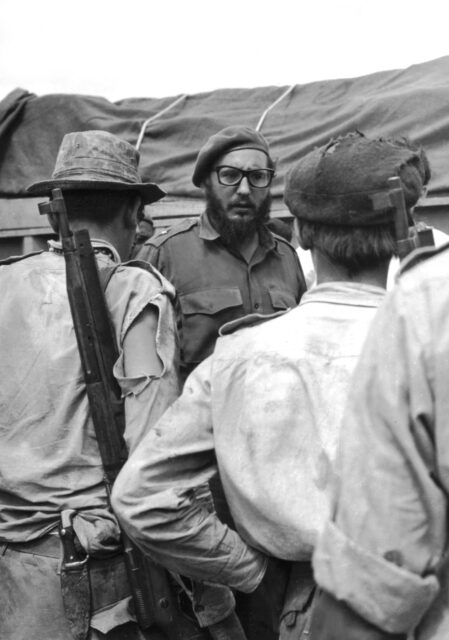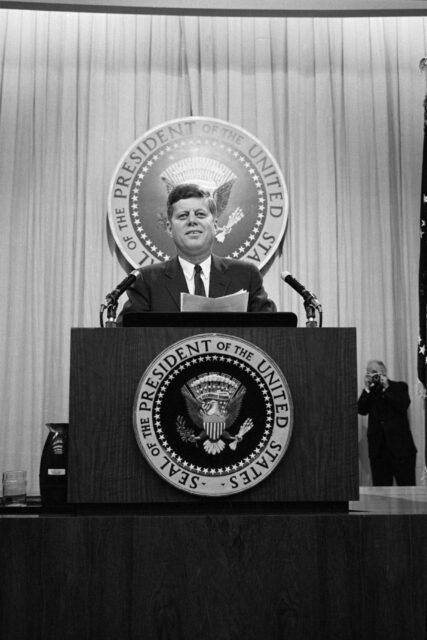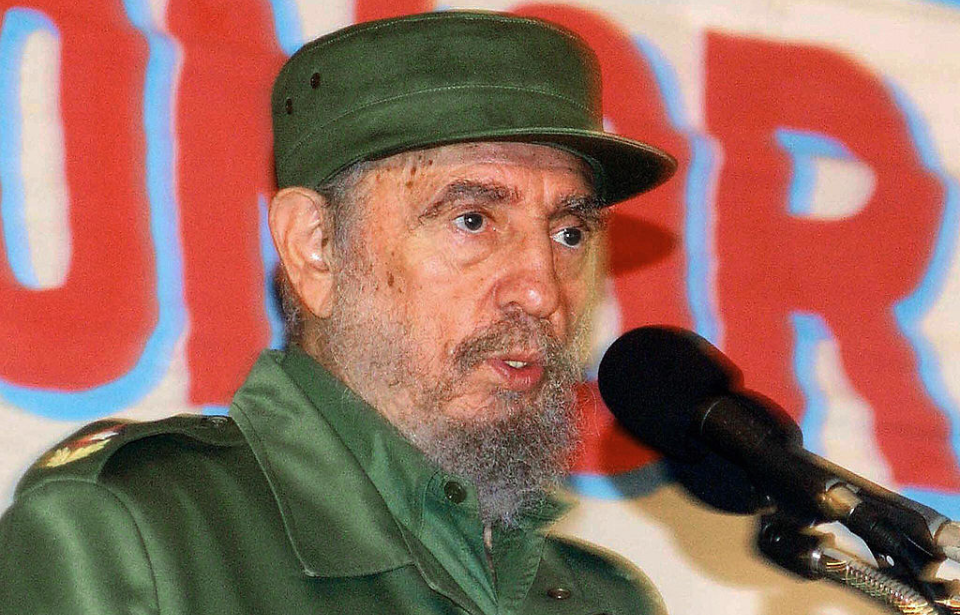In 1961, amid the disastrous Bay of Pigs Invasion, the United States discreetly dispatched members of the Alabama Air National Guard on a secret mission to aid the operation. The participation of American forces in Cuba was shrouded in secrecy and carried out unofficially.
The failed invasion became a major disaster for the CIA, particularly after the discovery of Lt. Thomas “Pete” Ray’s remains. For years, the US government declined to recognize or recover the airman’s body, which only heightened the notoriety of the event.
Bay of Pigs Invasion

In 1961, the US orchestrated and funded an invasion on Cuba’s southwestern coast, assigning the task to Cuban exiles. The original strategy included air and naval backing to secure the operation’s success. However, when the 1,500-strong force arrived, they found minimal support. As the news of the invasion reached the world, US President John F. Kennedy decided to limit air support.
To hide its involvement, the US government used elaborate tactics, such as repainting American aircraft in Cuban colors to spark confusion. The invaders and pilots received training from American military forces and the CIA. To counter the Cuban Air Force, which flew Douglas B-26 Invaders, the same type of aircraft was selected for the mission.
By 1961, the aging bombers from the 1940s were only in use by the Alabama Air National Guard, and pilots from this unit were chosen to train and oversee the invaders. However, they were specifically prohibited from participating in any active missions.
Lt. Thomas “Pete” Ray was shot down

Lt. Thomas Ray of the Alabama Air National Guard was shot down while piloting a B-26 Invader during the Bay of Pigs Invasion. The aircraft was hit by Cuban anti-aircraft fire shortly after attacking Fidel Castro‘s field headquarters. In similar attacks, they dropped napalm onto targets below.
Although US pilots were originally prohibited from participating in the invasion, the CIA reluctantly allowed them to fly after the situation became more desperate.
According to the Los Angeles Times, the agency reinforced the secrecy of the operation to the airmen: “Cannot attach sufficient importance to fact that American crews must not fall into enemy hands. In the event this happens, despite all precautions, crews must state [they are] hired mercenaries, fighting communism, etc.; U.S. will deny any knowledge.”
The CIA continued to deny their involvement

Upon landing, Thomas Ray and his flight engineer, Leo Baker, were intercepted and shot by Cuban soldiers. Ray’s body was subsequently recovered and preserved on ice. While the United States denied any involvement in the incident, Castro was aware of the CIA’s responsibility. He sought to definitively prove US involvement, with Ray’s body serving as the most compelling evidence.
Nevertheless, the US remained firm. The CIA continued to deny any connection and refused to return Ray’s body. To his family and friends, the air national guardsman appeared to have vanished without a trace, oblivious to the fact that the government was fully aware of what had transpired.
Lt. Thomas “Pete” Ray’s body is returned to the United States

If the CIA wanted to repatriate Thomas Ray’s body, it would have to admit American involvement in the Bay of Pigs Invasion. Even the Cubans were confused by the government’s cold treatment of the deceased.
Following his disappearance, Ray’s wife began trying to find some answers about his death, which were being held secret by those associated with the Alabama Air Guard. A number of rumors have circulated since about the CIA’s bullying of those who refused to let the topic die. One mentioned in the Los Angeles Times article details how the agency threatened to institutionalize Ray’s wife if she continued searching for answers.
Ray’s daughter tried to recover his body

In 1979, Cuba became aware that Ray’s daughter, Janet Ray Weininger, was trying to recover her father’s body. As a result, his body was returned to the US. It was also around this time that the CIA privately informed Weininger that Ray had participated in the Bay of Pigs Invasion and had actually been awarded the agency’s highest award: the Distinguished Intelligence Cross.
Want War History Online‘s content sent directly to your inbox? Sign up for our newsletter here!
Despite Thomas Ray’s body having been returned and Weininger receiving her much-sought after answers, the CIA still refused to publicly confirm the airman’s involvement in the Bay of Pigs Invasion until 1998, when additional media pressure was applied. In addition to this, it was revealed the agency had also set up a fake company to pay the families of the deceased pilots a regular sum of money, and even funded their children’s post-secondary education.
As this information was finally public knowledge, Ray’s name was finally added to the Book of Honor in the foyer of the CIA’s headquarters.
